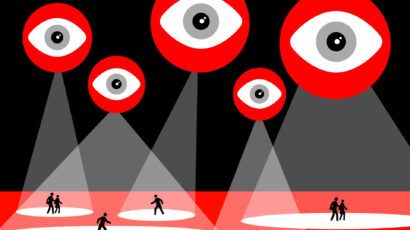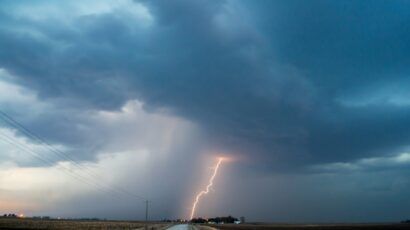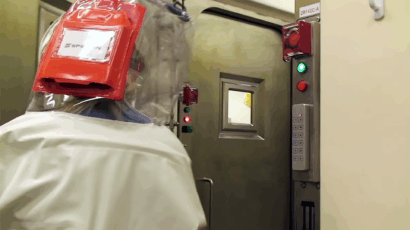Subcritical experiments
By Frank von Hippel | December 14, 2012

Earlier this month, the US National Nuclear Security Administration (NNSA) announced that it had conducted a subcritical experiment with plutonium in an underground tunnel 300 meters below the Nevada National Security Site (formerly, the Nevada Test Site), about 65 miles northwest of Las Vegas. Named Pollux, it was the 27th such experiment that the United States has conducted since it ended test nuclear explosions in 1992. It is believed that, among the other nuclear weapon states, at least Russia and China also conduct such research under their former nuclear test sites.
The fact that these experiments occur under a former nuclear test site where underground nuclear explosions were conducted in the past naturally creates suspicion.
By signing the Comprehensive Nuclear Test Ban Treaty in 1996, China, France, Israel, Russia, the United Kingdom, and the United States ended their nuclear testing programs, even though the treaty has still not come into force.
To assure the continuing reliability and safety of US nuclear weapons without the use of underground nuclear tests, the US Energy Department launched a Stockpile Stewardship Program in 1993. One centerpiece of this program is an Advanced Simulation and Computing Program devoted to improving computer simulations of what happens inside a nuclear weapon during an explosion. The subcritical explosions with plutonium are designed to provide information on the behavior of this key element when it is subjected to the shock of an explosion.
The detonation of a nuclear weapon starts with the explosive creation of a supercritical mass of plutonium by implosion. A fission chain reaction is initiated in this supercritical mass and, in about a microsecond, multiplies to the point where tens of grams to kilograms of material are fissioned. About a kilogram of plutonium fissioned in the Nagasaki bomb, which released energy equivalent to the explosion of about 21,000 tons (21 kilotons) of chemical explosives. The Nagasaki bomb weighed 5 tons.
Modern nuclear weapons are much lighter and the initial fission chain reaction releases only a small percentage of as much energy, but the power of the weapon is boosted by including a few grams of heavy hydrogen — deuterium and tritium — in the middle of the imploding plutonium pit. At the hundred-million-degree temperature created by the fission explosion, the deuterium and tritium nuclei undergo fusion reactions, generating a burst of neutrons that increases, by tens of times, the amount of fission in the surrounding plutonium.
The behavior of the plutonium metal and the heavy hydrogen gas in the hollow pit as it collapses under the pressure generated by the detonation of the surrounding high explosive is one of the most difficult processes to model in a nuclear explosion. And, historically, this process has raised the greatest concern with regard to the maintenance of nuclear-weapon reliability without testing. Does the plutonium deform smoothly or does the inner surface of the pit fragment, for example? And does this behavior change as the plutonium in the pit ages? It is the purpose of subcritical experiments to answer these questions.
The fact that these experiments occur under a former nuclear test site where underground nuclear explosions were conducted in the past naturally creates suspicion. Indeed, there apparently has been debate within the US intelligence community as to whether the surface activities its satellites observe at the Chinese and Russian nuclear test sites are associated with subcritical experiments or perhaps very small nuclear explosions.
This controversy could be dealt with by either bringing the experiments above ground and conducting them in thick steel vessels to confine the plutonium, or by creating transparency arrangements. The nuclear labs prefer to test underground, however, and discussions of test-site transparency between the United States and Russia have not been productive.
With Pollux, NNSA offered some transparency on YouTube, where it published a video that features some unidentifiable equipment with a soundtrack that includes a countdown and ends with a bang. But that is nowhere near the transparency that the United States would require to satisfy its concerns about the activities at the Chinese and Russian test sites.
Together, we make the world safer.
The Bulletin elevates expert voices above the noise. But as an independent nonprofit organization, our operations depend on the support of readers like you. Help us continue to deliver quality journalism that holds leaders accountable. Your support of our work at any level is important. In return, we promise our coverage will be understandable, influential, vigilant, solution-oriented, and fair-minded. Together we can make a difference.
Topics: Explain This, Nuclear Weapons















